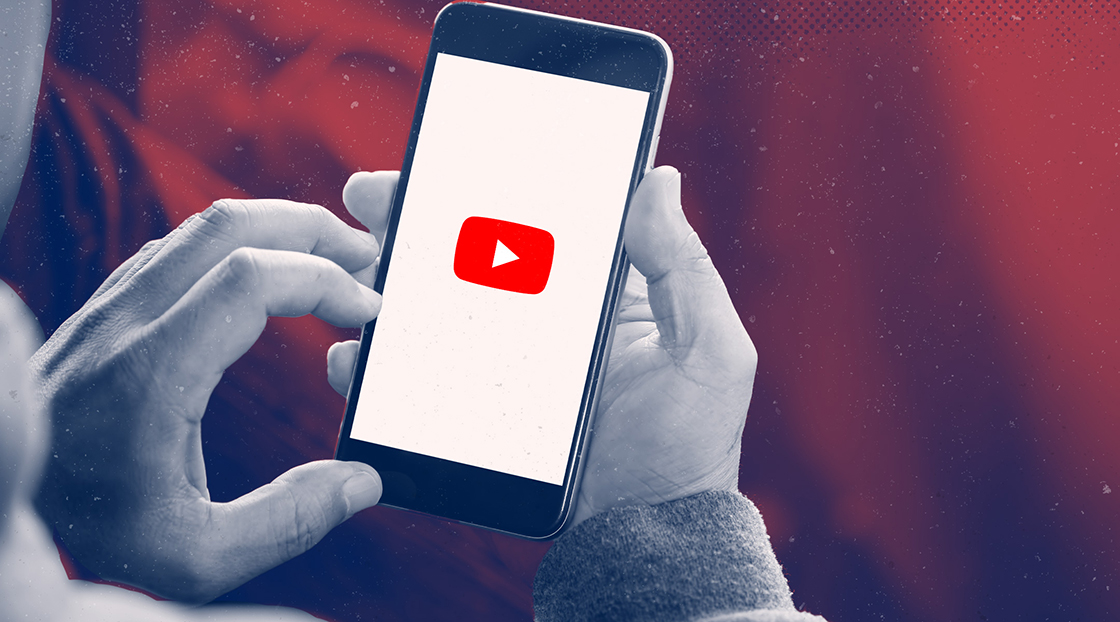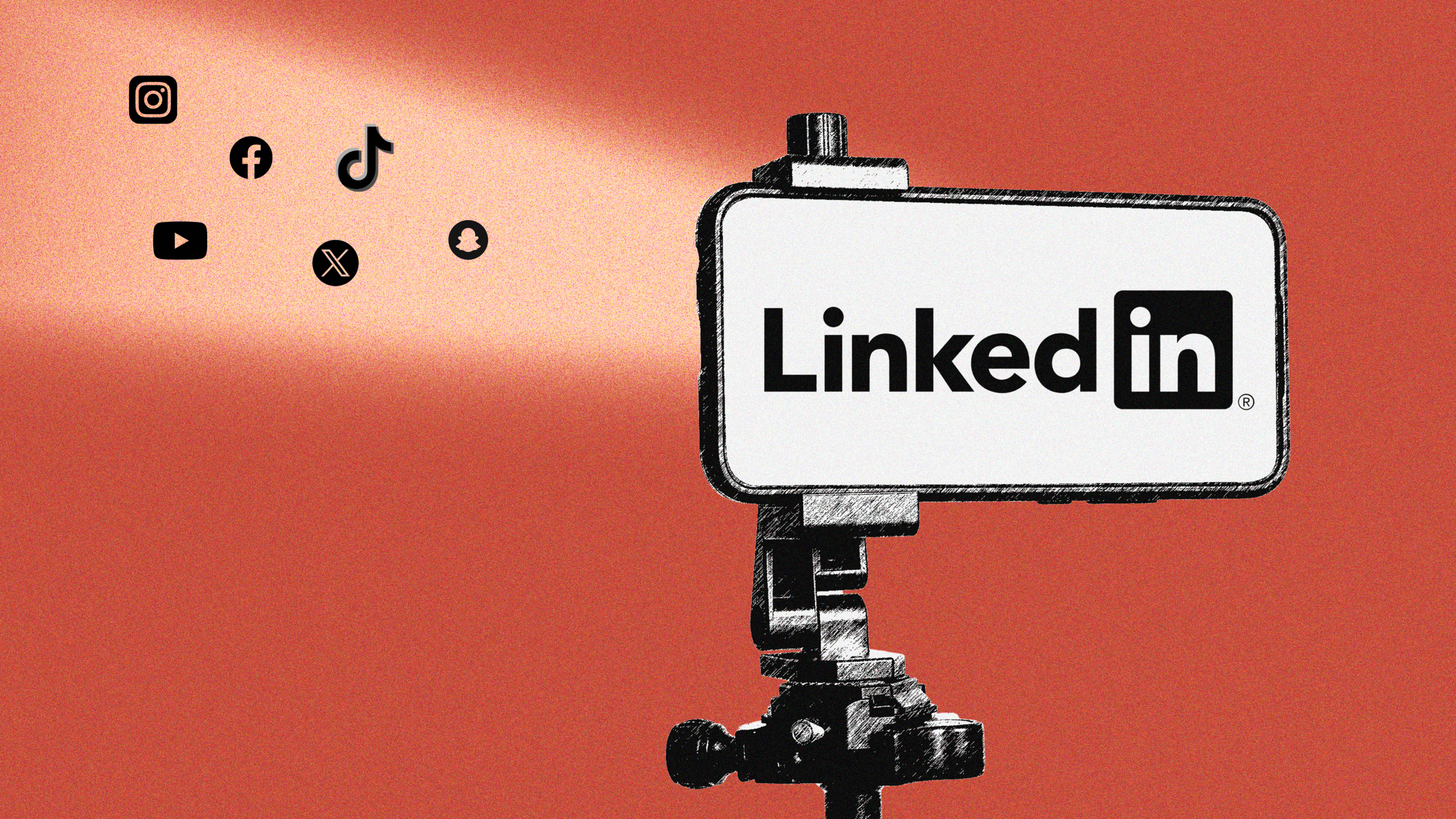YouTube Policies for Institutional Branding
YouTube is social media, which means institutional brand messaging on that platform should fall into the realm of the communications and marketing department.
Unfortunately, that’s a patently ridiculous thing to say.
Patrick McGovern describes it this way:
The fact is, too many departments have their hands touching the brand: for example, Academics, Admissions, Athletics and Alumni and Advancement are all telling their own version of the brand story. Sadly, that story is different depending on the department telling it. And this is resulting in a watered-down, fractured and often confusing brand message. Messaging aside, a decentralized model creates and empowers silos and often the college or university marketing department has no idea what other departments are saying to prospects or the world at large.
Many institutions have social media account non-proliferation processes in place. The University of Michigan updated theirs in December 2023 and “continues to recommend a university-wide freeze on creating new U-M department, program, office, etc. social media accounts.” Sacred Heart University puts it simply, “This form must be completed, submitted and approved before the launch of a new social media page.” The University of Cincinnati outlines a process for new accounts to “be presented to their unit’s leadership for justification and assessment before being presented to Mar Com for strategic review and inclusion on the university-wide social media inventory.”
So, if the new U of Cincinnati account is not approved, it’s not included on a web page listing campus social channels. For Sacred Heart, there’s no mention on the form of what happens if an account is not submitted and approved before launch, but the University of Michigan recommends a freeze.
All these, and the many, many, many more examples of these forms and protocols, illustrate the difficulty of asserting governance over social media within the campus communications network.
In these cases, there are probably siloed YouTube channels for academics, admissions, athletics and alumni and advancement spread across most higher education communications networks.
And that’s okay.
Let go of any frustrations or bitterness that goes along with a struggle over governance. Embrace YouTube’s identity as a social media channel. After all, higher education social strategists have always had to make the most out of what they are given.




